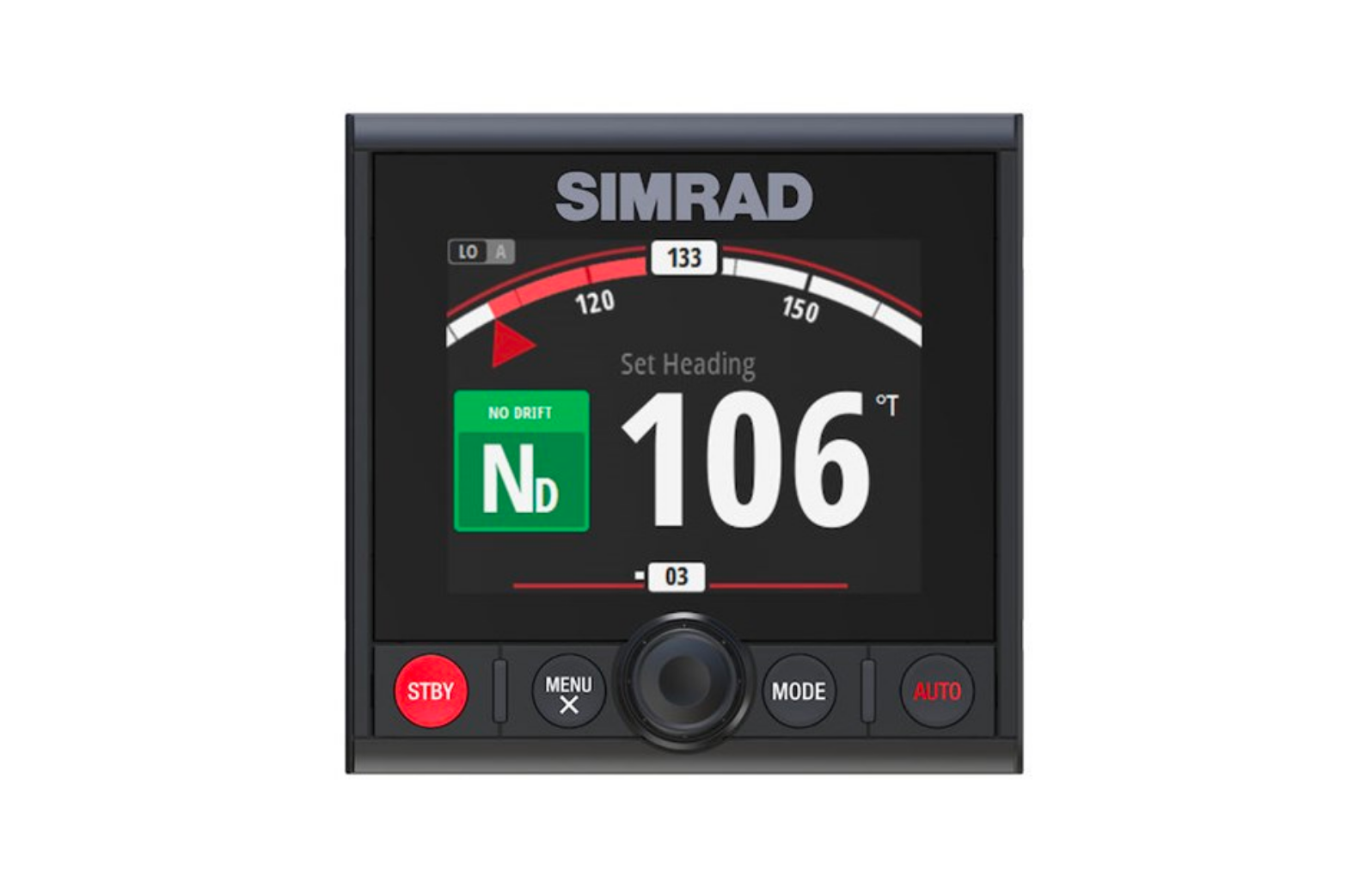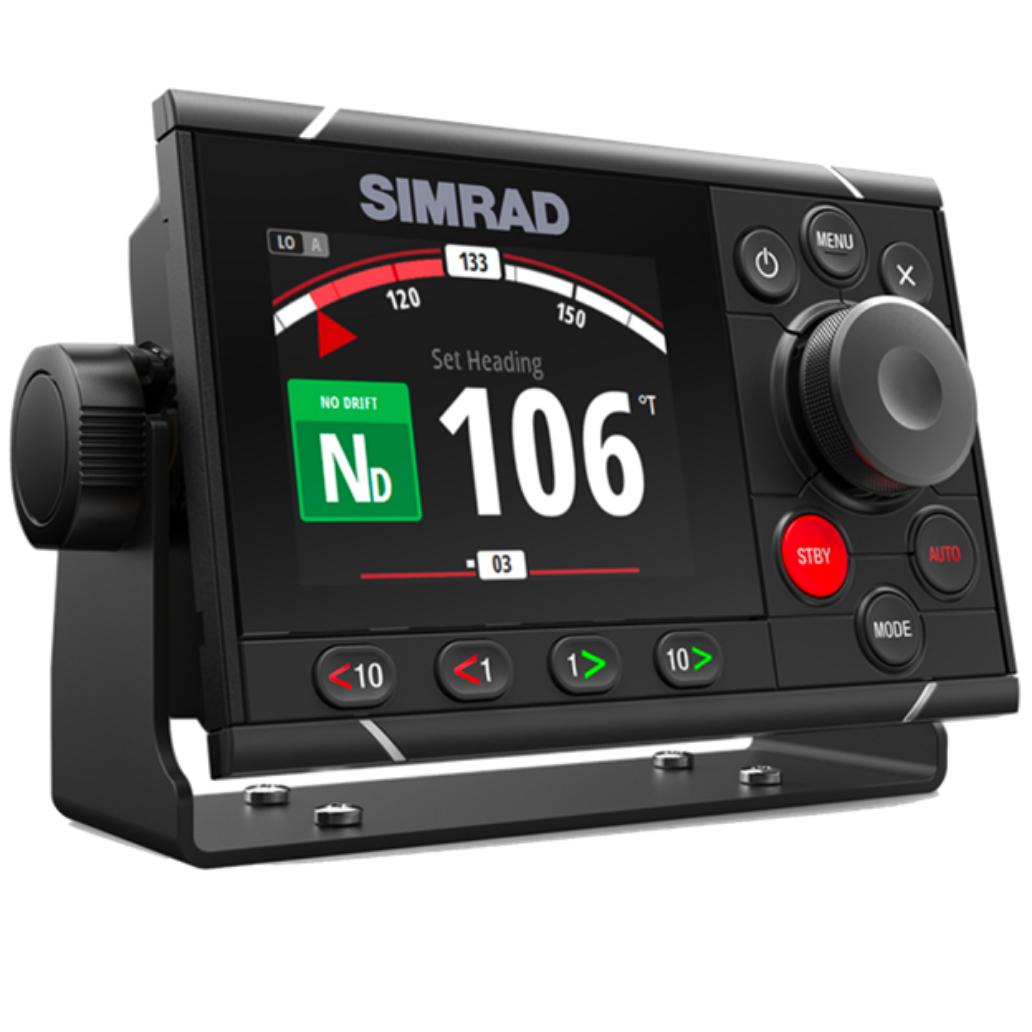
|
Eirik Hovland Product Manager Based in Egersund, Norway he is an experienced sailor and motor boater with expertise in both recreational and commercial autopilots. His work with autopilots began as a software developer before moving on to become a system engineer where a large part of his work involved the validation of autopilot systems. |

|
Tonnes Haavarsen Product Expert Having started in the business back in 1978 he has extensive knowledge of autopilot systems and has seen considerable development in this field. Also based in Norway, his work focusses mainly on the technical side for a wide range of recreational and commercial autopilots. |


















